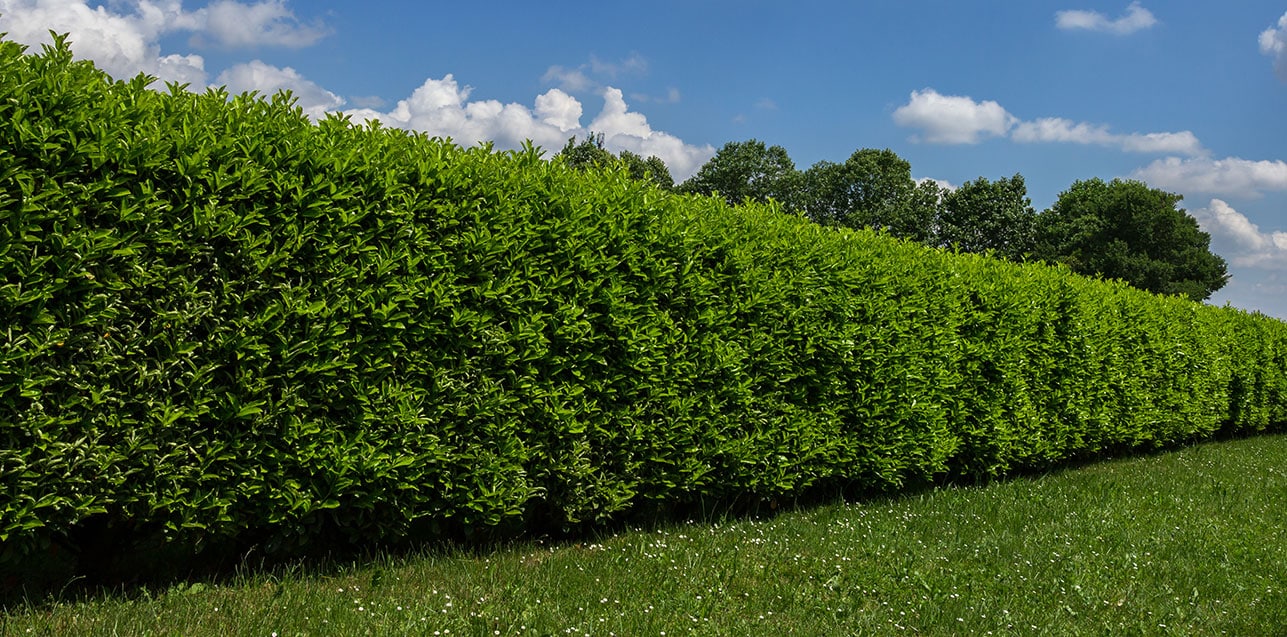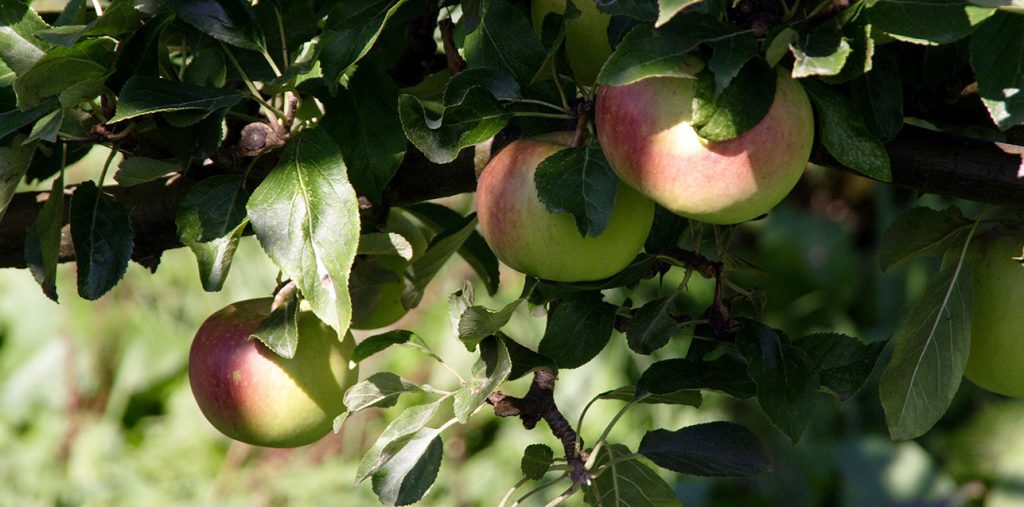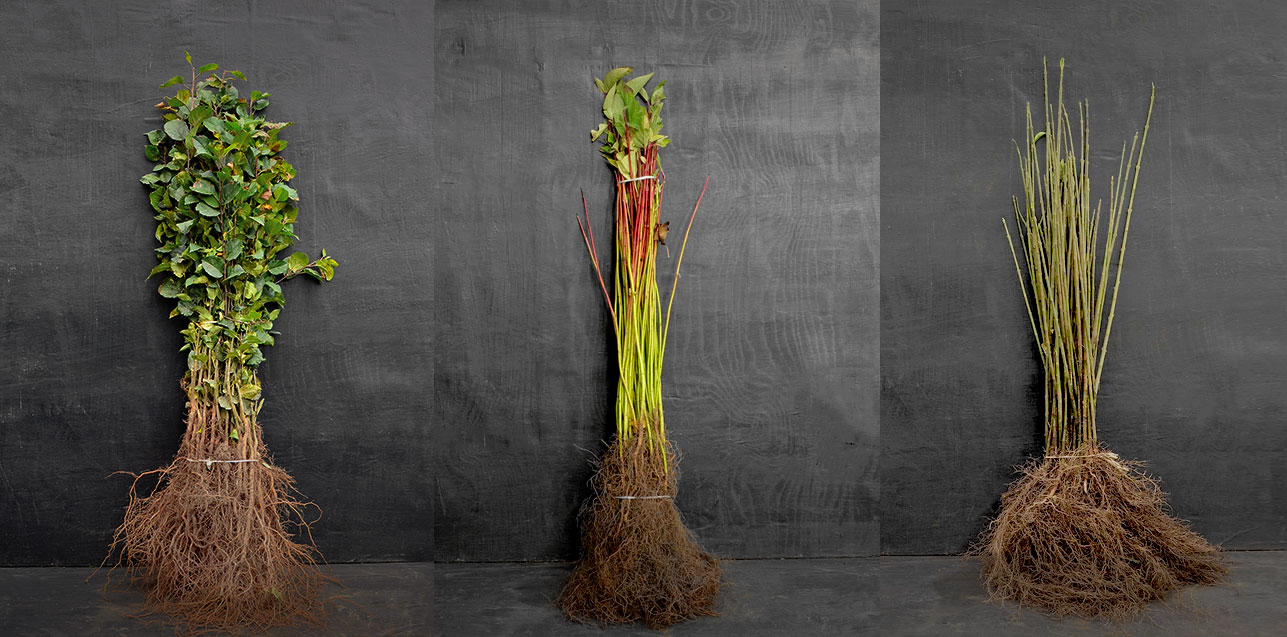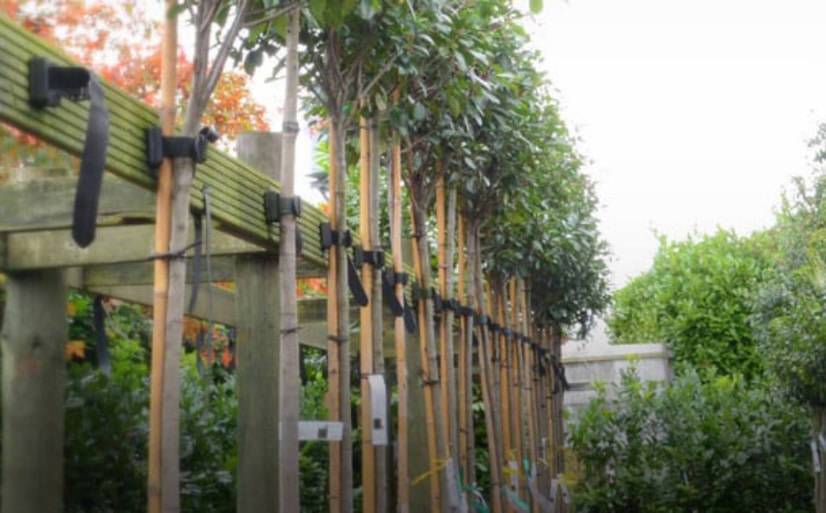When installing your tree we recommend that you follow these planting tips to help your tree to thrive during the early stages of establishment.
Staking and Tying
Staking and tying is an essential step after planting as it helps to support young trees as they establish. For standard trees (around 8-10 feet tall), we recommend using 1.8m tall, 2-3 inch thick, round pointed tree stakes. This will minimise root and stem movement while allowing slight flexibility for root growth and eventual independence. We also suggest using a buckle-type tree tie with a spacer between the stake and the tree stem. This adjustable tie accommodates stem expansion. Please ensure the tree tie is nailed or stapled to the stake to prevent twisting in windy conditions.
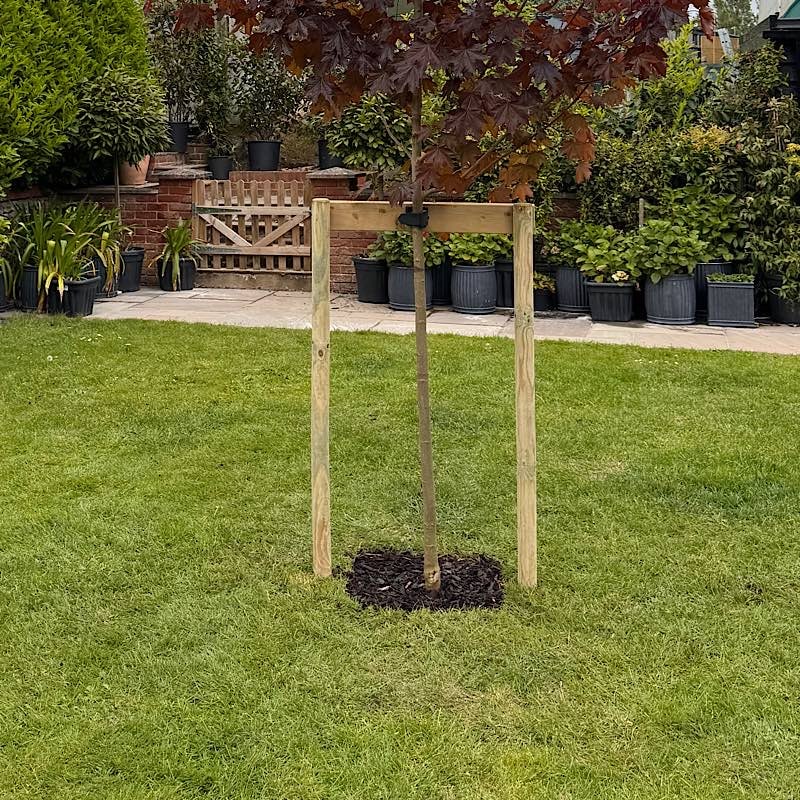
Our value planting packs contain the essential accompaniments to support your planting projects. These packs are available with various stake sizes to suit your needs, including 1.8m (6ft) stakes with a 60mm diameter, as well as 2.1m (7ft) and 2.4m (8ft) stakes with a 75mm diameter.
For larger trees or windier locations, our heavy-duty planting kit may be a better option. This kit includes two tree stakes, a tree pad, a buckle tie, and a crossbar. It is available with 6ft, 7ft, or 8ft stake options.
For planting advice check out our video planting guide.
Watering
Proper watering is essential for the growth and health of your new tree. During the growing season, regular watering is crucial to keep the surrounding soil moist. As a general guideline, we recommend giving young trees 5 litres of water every other day. However, this volume is just a guide and it’s important to monitor your tree closely and adjust watering as needed. The soil should be moist but not overly saturated.
For a more comprehensive guide, please refer to our article on watering newly planted trees.
Although these planting tips offer you advice on the essential steps to follow after installing your new tree, it’s important to remember that many factors can influence a tree’s health. Following these steps will give your tree the best possible start, but regular observation and timely intervention will help ensure that your tree continues to thrive and reach its full potential.


